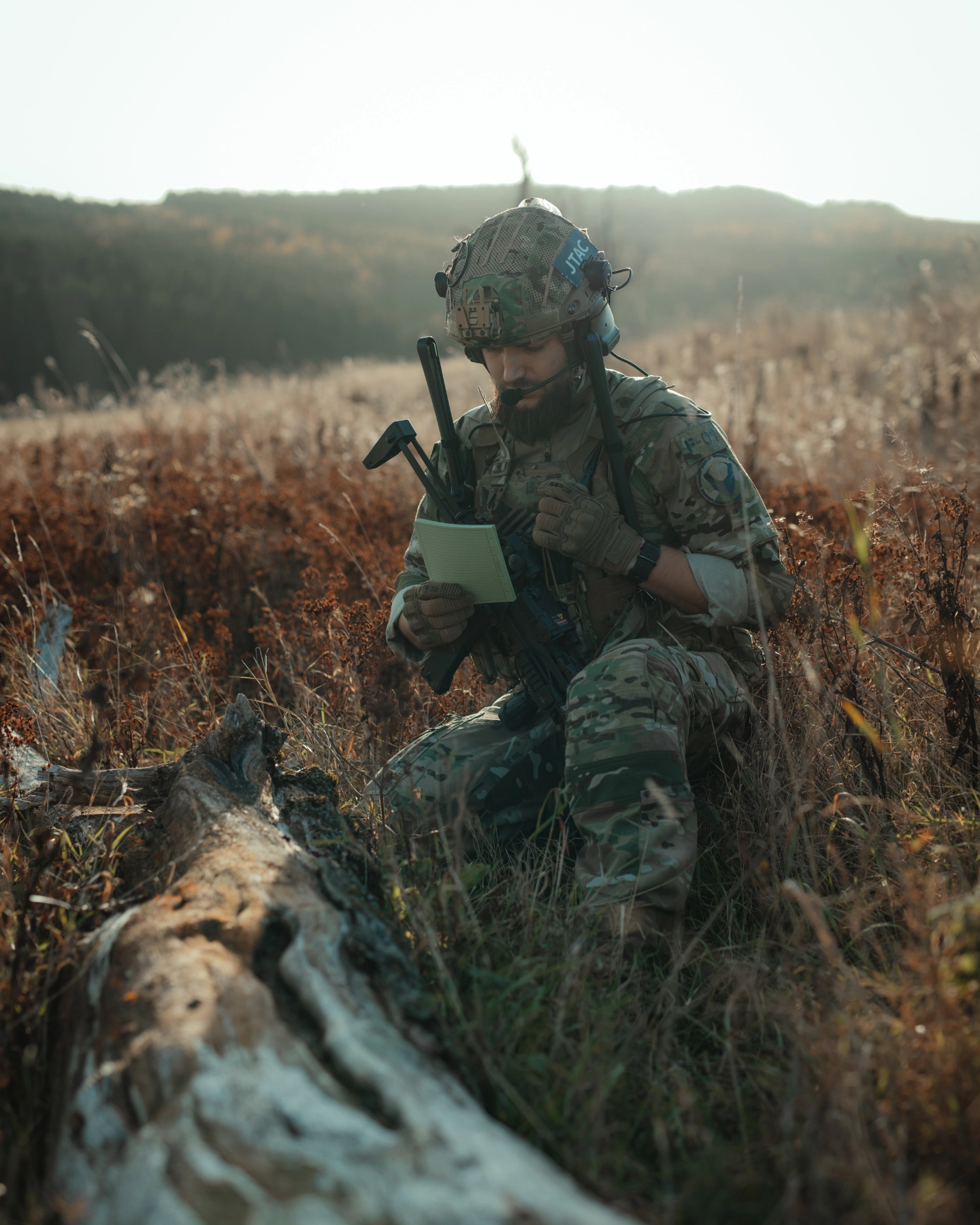Navigation in nature or how not to get lost
Navigating in the wilderness is a crucial skill for every bushcrafter and airsoft player. It’s easy to get lost, but with a few basic skills and tools, you can safely find your way back. This article will show you how.

1. Maps and Compass: Your Basic Tools
Maps and compasses are the foundation of terrain navigation. Learning to read a map and use a compass is essential. When you have a map, regularly check your location and determine your direction based on landmarks. The compass helps you find cardinal directions, which is crucial for staying on track, especially in dense forests or unfamiliar terrain.
Tip: Always carry a paper map and a traditional compass as a backup. Modern technology is great, but never rely solely on it. You can choose this compass, it's perfect

2. Orientation by Natural Indicators
When you don't have a compass, nature can offer valuable clues. The sun and shadows can help you find direction during the day, while at night, you can use the stars. Moss on trees often grows on the northern side, where it’s more humid. Tree growth and terrain features can also help you determine the way.
Tip: Practice these techniques regularly to be prepared, even if modern tools fail.

3. Modern Technology: A Helper, Not a Savior
GPS devices and smartphones can be very useful, but never rely on them as your only source of navigation. Batteries can fail, or the signal can be weak. Therefore, it’s always important to have a backup plan—ideally a paper map and compass, as mentioned earlier.
Tip: Before heading out, download offline maps to your device. This allows you to have access to navigation even without a signal.
4. Using Landmarks
As you move through the terrain, always pay attention to prominent landmarks such as rock formations, large trees, or watercourses. These landmarks will help you maintain direction and find your way back. It’s also a good idea to remember specific features of these landmarks to easily recognize them on your return.
Tip: When moving through unfamiliar terrain, occasionally look back to get an idea of how the path looks from the opposite direction. This can help when finding your way back.

5. Tracking Your Route
If you’re moving through unknown terrain, regularly stop and monitor your location. You can also mark your path with stones, branches, or other natural markers. This will help you easily return to the start if needed.
Tip: In some situations, it can be useful to carry tape or another bright material to mark your route. This is especially helpful in dense forests, where you can easily lose your way.
6. Planning and Preparation
Before every trip, plan your route and inform someone of your plan and expected return time. This is a basic safety measure that can be crucial if you encounter difficulties. Always have a backup plan and an alternative route for emergencies.
Tip: Plan your route considering your experience and physical condition. If you’re going on a longer trip, consider an overnight stay and prepare for possible weather changes.
Final Tip
Navigation in the wilderness is not just about technique, but also practice. Regularly train your navigation skills and learn new techniques. In the field, it’s important to be prepared for unexpected situations, whether you’re on a trip or playing airsoft. Remember that even small mistakes can have big consequences, so always stay one step ahead and have your navigation tools ready.
With this knowledge, you’ll be able to navigate safely and efficiently in the wilderness and fully enjoy your adventures!
Powered by Froala Editor